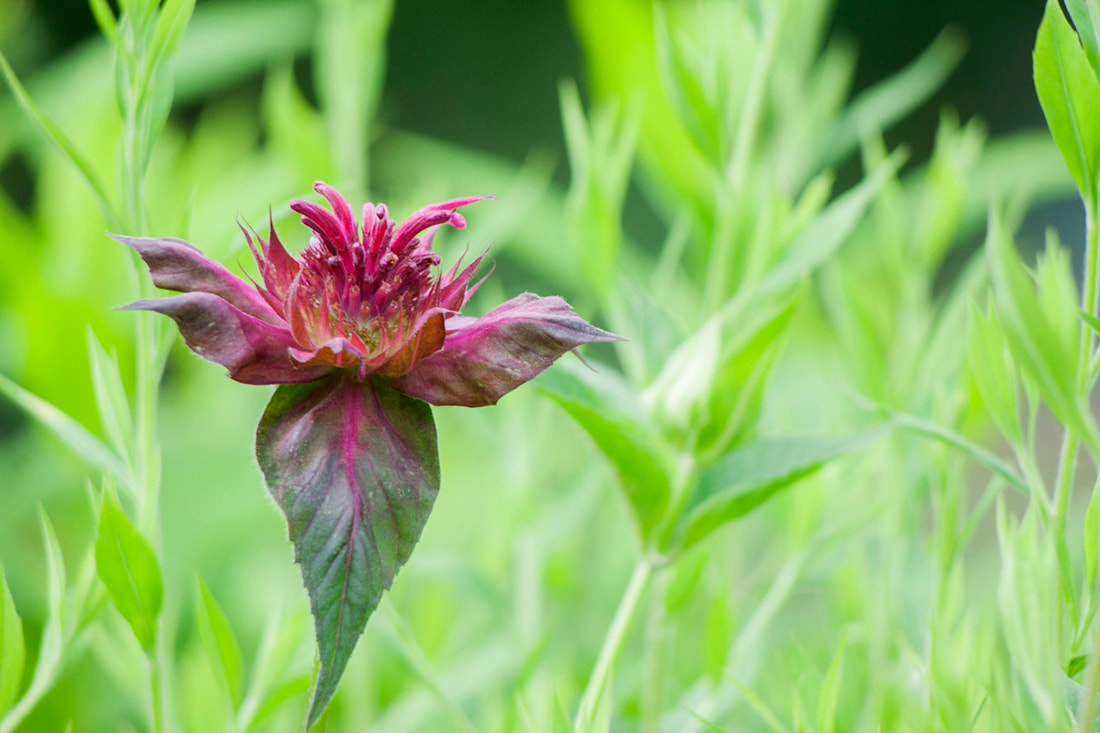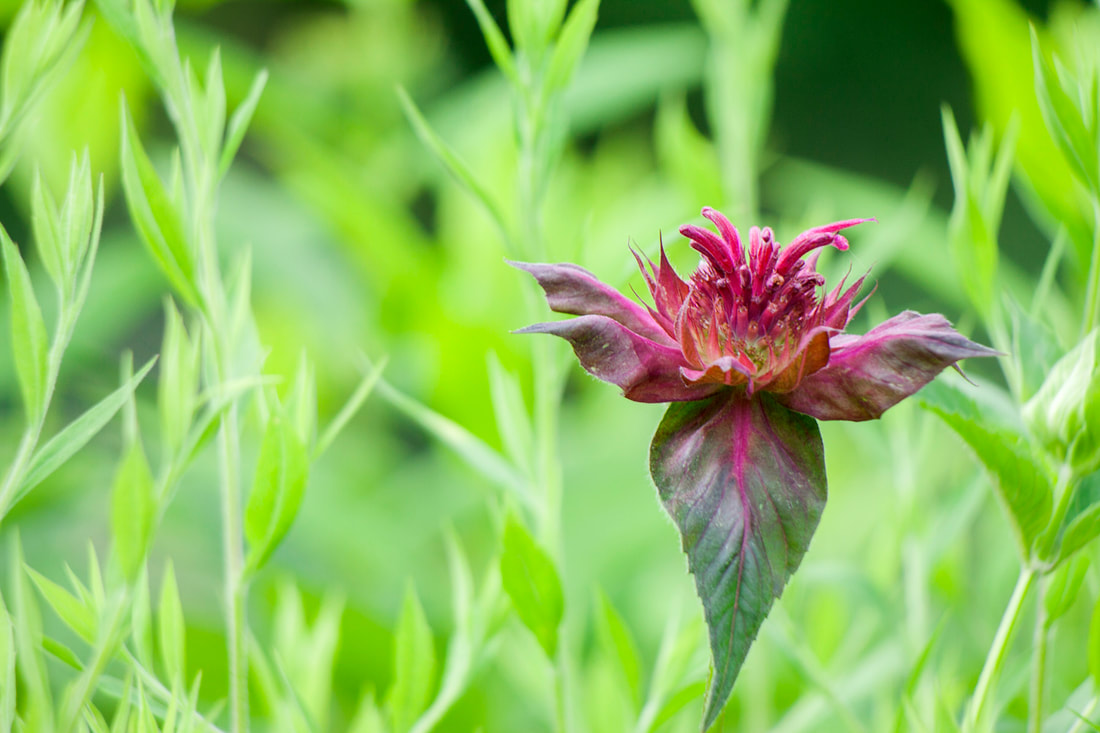|
Notice your patterns, know your preferences, and experiment with thirds. Traditionally, the rule of thirds is a composition technique in which an image is divided evenly into thirds, both horizontally and vertically, and the subject of the image is placed at the intersection of those dividing lines, or along one of the lines itself. If you want to know more about the technical approach, Google has a vast amount of information on this rule. I've been aware of this rule for two decades, but it wasn't until very recently that I noticed a pattern of mine: I tend to place my subject on the right side of the frame and either have a secondary subject or leave empty space on the left (when looking through the lens). Once this came into my awareness, I started to get curious about why that is, and what I came up with is based on my culture, values, and personal experiences. As I looked through my images, I had a sense that when I left space on the left side, I felt called to slow down, take space, go inward. Using that insight as a baseline, I created a personal framework for using the rule of thirds to communicate a more personal narrative through images and to enhance the traditional approach with greater meaning. Before I move into my personal insights, I want to be clear: this is by no means the only way to view the rule of thirds or any abstract concept. Feel free to take what you want and leave the rest and/or adapt it to your own culture, values, spiritual beliefs, and personal experience. Continue reading below for examples of how to use the rule of thirds to tell a story. The framework for the horizontal line placement below came from my background in portrait photography. For portraits, we were taught that lowering the camera and looking up created a sense of power and greater presence, and that raising the camera and looking down created a softness and a gentle presence. To be honest, we were also taught to photograph men looking up at them to make them appear more powerful and women looking down on them to make them appear thinner. So, there's that little bit of cultural insight from 1996... What I like about photographing nature subjects in this way is that looking up helps me understand the big, powerful, and all-encompassing perspective of nature and I feel a part of that power. In looking down, I feel a sense of awe for each tiny detail in nature and I feel humbled to be connected to such wonder.
When you notice your patterns, know your preferences, and identify your message, you can be more intentional about making images that are purposefully beautiful. How will you use the rule of thirds?
Ravelle
7/6/2020 03:06:48 pm
Wow! What a great post, I learned a lot. I never thought about what the placement conveyed to the mind. I will be returning to this article the next time I shoot some photos. Thank you for sharing!
Kristin
7/11/2020 07:50:33 pm
Thanks for reading, Ravelle! I'm so glad you learned something and can't wait to hear/see what you experiment with next time you're out! : )
Jodi
7/11/2020 11:50:10 am
I had learned about the rule of thirds, but reading your post made me realize that I instinctively tend towards putting the subject on the left and leaving space on the right. Intriguing to consider why.
Kristin
7/11/2020 07:53:14 pm
I love learning that you've learned about the rule of thirds, Jodi! Ha!! I'll be interested to hear if you get any intuitive hunches about why you choose the placement you do. We can add this to our continuing conversations about what's next! : ) Comments are closed.
|
AuthorKristin Perry is a nature photographer navigating life's complexities by focusing on beauty. Categories
All
Archives
June 2021
|






